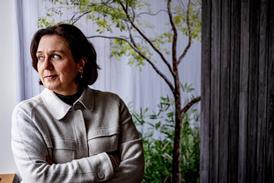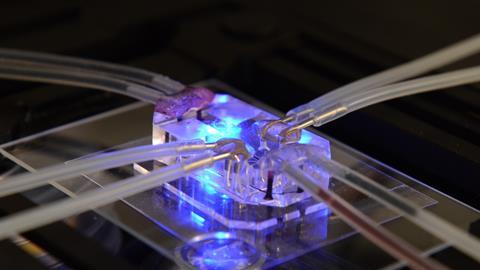Regenerative medicine aims to help our bodies repair damaged tissues or organs. Significant advances have been made: scientists are growing fully functional organs-on-chips, for instance, and have successfully conducted the first experiments re-growing heart valves in patients.
‘However, regenerative medicine hasn’t yet found its way to the clinic’, says Carlijn Bouten, professor of Cell-Matrix Interactions at TU Eindhoven. ‘This is partly due to regulatory and technical constraints. But mostly, until recently, we lacked a sound fundamental understanding of the underlying principles.’
But this is rapidly changing, says Bouten. She is coordinating a ten-year research programme, called Materials-Driven Regeneration (MDR), which started in 2017 and is funded under the Gravitation Programme of Dutch science foundation NWO. It is carried out in Eindhoven, Utrecht, and Maastricht. ‘Dutch biomaterials scientists belong to the absolute top of their field’, says Bouten. ‘The same goes for the stem cell specialists who are growing mini-organs. My ambition was to bring those fields together. To collaborate on finding ways to entice the body to rebuild itself. After all, the body itself is the most amazing regeneration machine you can imagine.’
Five years along the road, Bouten is happy with MDR’s progress. ‘We have established a solid knowledge base, which is becoming a magnet for other researchers and initiatives. Together, we can make a huge difference. The next step, of course, is bringing these developments to patients. This is a long and winding road, but I’m confident that we can bring this dream closer to reality.’
















Nog geen opmerkingen